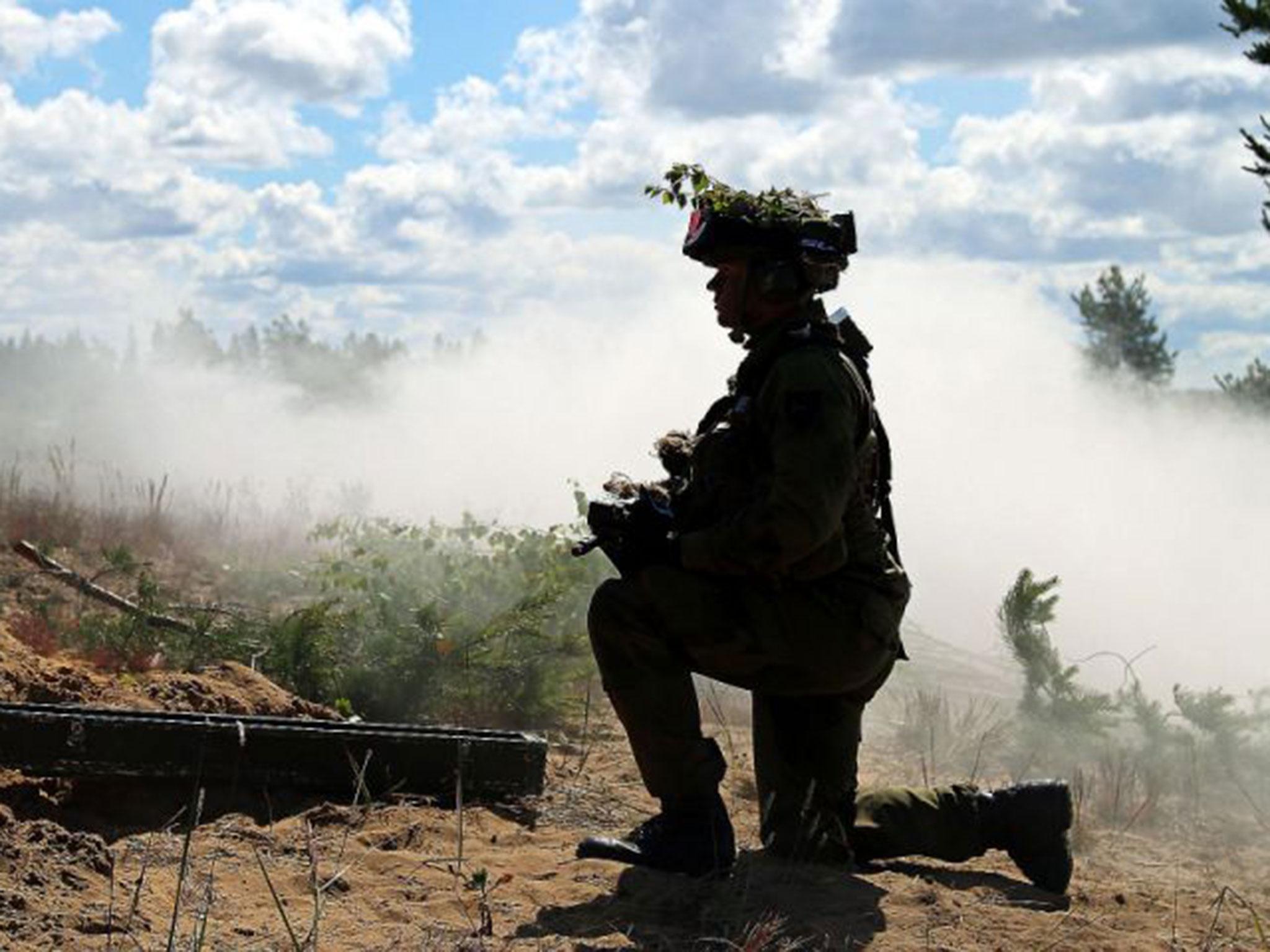Norway to boost defence spending against 'increasingly unpredictable Russia'
'We have an increasingly unpredictable neighbour to the east which is strengthening its military capacity'

Your support helps us to tell the story
From reproductive rights to climate change to Big Tech, The Independent is on the ground when the story is developing. Whether it's investigating the financials of Elon Musk's pro-Trump PAC or producing our latest documentary, 'The A Word', which shines a light on the American women fighting for reproductive rights, we know how important it is to parse out the facts from the messaging.
At such a critical moment in US history, we need reporters on the ground. Your donation allows us to keep sending journalists to speak to both sides of the story.
The Independent is trusted by Americans across the entire political spectrum. And unlike many other quality news outlets, we choose not to lock Americans out of our reporting and analysis with paywalls. We believe quality journalism should be available to everyone, paid for by those who can afford it.
Your support makes all the difference.Norway is to boost defence spending as a precaution against Russian aggression, described by the Prime Minister as an “increasingly unpredictable neighbour to the east”.
The Scandinavian country is a Nato member state and shares a northern border with Russia.
Military spending by Norway would increase by 165 billion kroner (£17 billion) over 20 years if the plans were accepted, AFP news agency reported.
Speaking to media in Oslo, Prime Minister Erna Solberg said: "Unfortunately the geopolitical circumstances have changed significantly, in a bad way, in recent years."
"We have an increasingly unpredictable neighbour to the east which is strengthening its military capacity, and showing willingness to use military force as a political tool."
Ms Solberg added that Norway is currently "not adapted to the geopolitical situation". Russia has caused widespread anxiety for neighbouring states since the 2014 annexation of Crimea.
If the proposals are successful, the money would be used to buy – among other things - four submarines, 52 F-35 fighter jets and naval surveillance planes. While a substantial increase, the spending would still not meet Nato’s target of two per cent of GDP defence spending.
There are also plans for the armed forces to be more present in Finnmark, an extreme northeastern part of Norway which borders on Russia. Border patrols will take place more frequently there, according to Aftenposten. However, the army would still be a small force, unable to repel any serious attack.
Nato has conducted exercises in eastern European countries in response to a resurgent Russia.
Earlier in June, the US-backed military bloc launched the largest military exercise since the end of the Cold War in Poland, which also neighbours Russia. Dubbed Anakonda-16, the operation comprised more than 20 countries and 30,000 soldiers and saw military exercises carried out over 10 days.
Russia has also conducted snap military exercises in its own territory. In February, 8,500 troops, and numerous planes and ships, conducted drills in the south of the country, close to pro-Russia separatist areas of Ukraine.
However, the Nato drills have received criticism from within Nato member states. Frank-Walter Steinmeier, the German Foreign Minister, recently told the Bild am Sonntag newspaper that Nato was “warmongering” with the mass excercises.
He said: "What we should not do now is inflame the situation with sabre-rattling and warmongering. Whoever believes that a symbolic tank parade on the alliance's eastern border will bring security is mistaken.”
“We are well-advised not to create pretexts to renew an old confrontation.”
Join our commenting forum
Join thought-provoking conversations, follow other Independent readers and see their replies
Comments